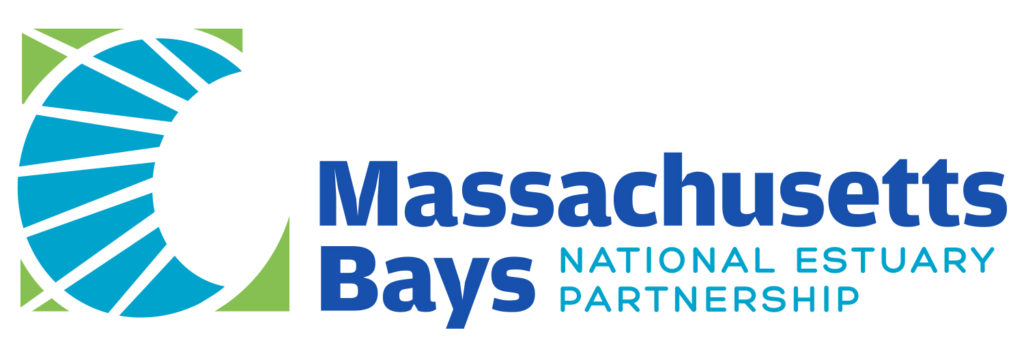
Among the most beautiful and environmentally important features of the South Shore coastline are the salt marshes that form in the estuaries where the region’s rivers meet the sea. These sensitive yet surprisingly resilient habitats mark the transition from sea to land, nurturing microorganisms, fish, birds and invertebrates; sequestering carbon; stabilizing sediment; and moderating the impact of coastal storms. While quietly going about their daily chores, the marshes also provide a uniquely peaceful setting for kayakers, bird watchers and nature photographers.
As sea level rises our salt marshes are increasingly vulnerable to being lost and have had a history of impacts from nutrients, ditching, filling, tidal restrictions and use for agriculture. Can we help make them more resilient to sea level rise and give our marshes, and all that they support, more opportunities to adapt to changing conditions? To better understand where to focus our efforts at building more resilient salt marshes, the NSRWA and MassBays South Shore National Estuary Partnership Program were recently awarded $88,129 in funding from the Massachusetts Office of Coastal Zone Management (CZM) for research on South Shore Salt marshes. The funding comes through CZM’s Coastal Habitat and Water Quality (CHWQ) Grant Program.
Over the next year and a half NSRWA’s ‘South Shore Salt Marsh Restoration Prioritization Project’ will assess the current state of marshes on the South Shore and their potential to adapt to sea level rise using field and desktop GIS methods. These methods will include surveying existing vegetation on the marshes, water quality sampling for nutrients, sediment monitoring, elevation, abutting development, parcel ownership, and other factors. These will be integrated into a weighted rubric to prioritize marsh areas for restoration that can then be the springboard for future implementation. NSRWA and MassBays South Shore are partnering with UMass Amherst, Cohasset Center for Student Coastal Research, and Mass Audubon to conduct this assessment. With the award, CZM commented that the CHWQ committee agreed that the impacts to coastal resources addressed in NSRWA’s project are significant, and that the planned work will lead to remediation of impaired coastal resources in the near future.
On the ground salt marsh remediation projects include techniques such as marsh runneling to remove excess standing water to allow for vegetation to regrow and ditch remediation to trap sediment and facilitate salt marsh vegetation growth. Upon completion of the prioritization project we will have identified likely candidate areas for future on the ground salt marsh restoration projects that can help our salt marshes to heal, adapt to sea level rise and preserve them for future generations to enjoy.
If you are interested in finding out more about salt marshes and how you can help, here are few good links:
- History of Salt Marsh Ditches on the South Shore Part 1 and Part 2
- Become a Salt Marsh Sentinel with the NSRWA
- Buzzards Bays Salt Marsh Vulnerability and Adaptation Potential

